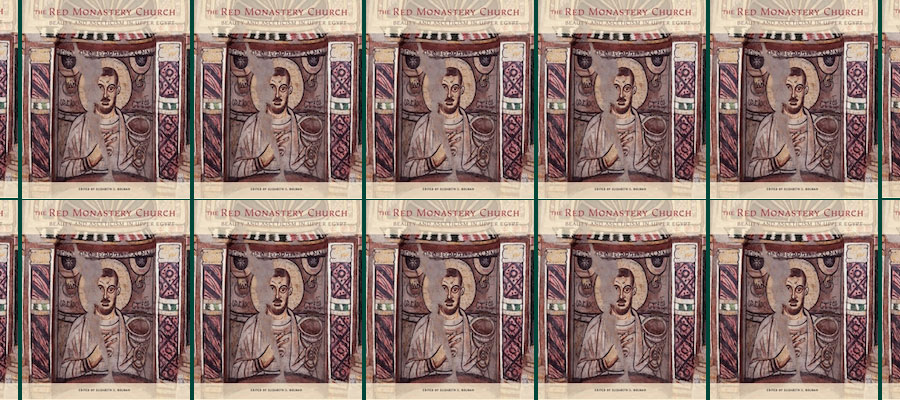Elizabeth S. Bolman, ed. The Red Monastery Church: Beauty and Asceticism in Upper Egypt. Yale University Press, 2016.
From Yale University Press
The Red Monastery church is the most important extant early Christian monument in Egypt’s Nile Valley, and one of the most significant of its period in the Mediterranean region. A decade-long conservation project has revealed some of the best surviving and most remarkable early Byzantine paintings known to date. The church was painted four times during the 5th and 6th centuries, and significant portions of each iconographic program are preserved. Extensive painted ornament also covers the church’s elaborate architectural sculpture, echoing the aesthetics found at San Vitale in Ravenna and the Hagia Sophia in Istanbul.
Distinguished contributors from a wide range of disciplines, including art and architectural history, ancient religion, history, and conservation, discuss the church’s importance. Topics include late antique aesthetics, early monastic concepts of beauty and ascetic identity, and connections between the center and the periphery in the early Byzantine world. Beautifully illustrated with more than 300 images, this landmark publication introduces the remarkable history and magnificence of the church and its art to the public for the first time.
